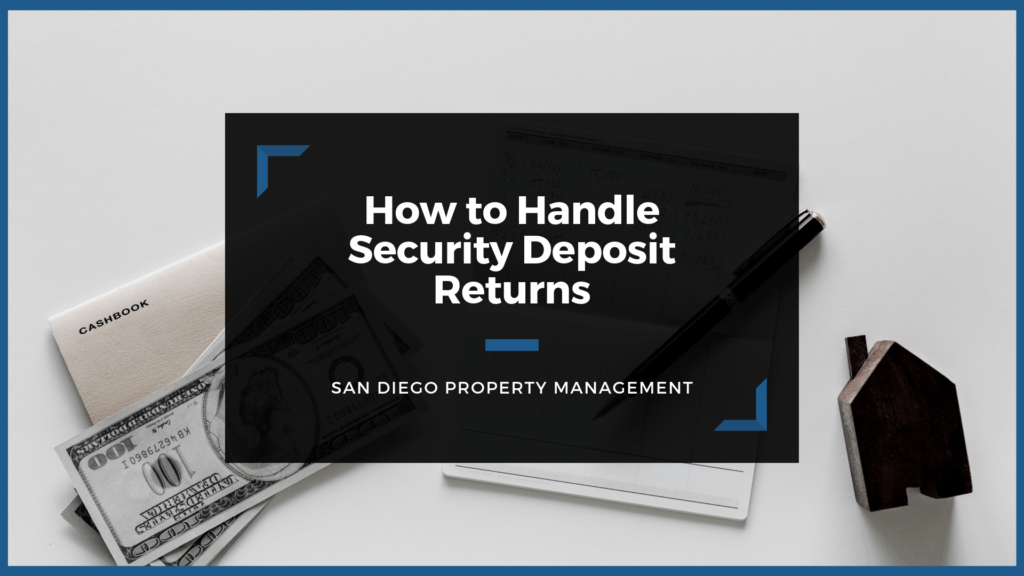Security deposits disputes can be stressful for both tenants and landlords. If there’s going to be a dispute between you and your residents, chances are high that it will involve the security deposit. At the end of every lease, tenants will expect to receive all of their money back. Landlords however are entitled to withhold any funds to pay for damage, overdue and unpaid rent, or outstanding utility payments.
Having an established and consistent policy for returning security deposits is a great way to protect you and your property.
Documenting Property Condition
Before a tenant moves in, you want to do a thorough move-in inspection. This will allow you to check for any repairs that need to be made and it will also allow you to document the condition of the home before you hand it over to your tenants. You need to take detailed notes and a lot of pictures. Make sure you can show how every part of your home looked, from the front door to the ceilings and the floors and the appliances.
At the end of the lease, you need to offer your tenants an opportunity to walk through the property with you. Before they move out, conduct an inspection and point out areas that might include a charge. Your lease will also provide move-out instructions that can help your tenants receive their deposit. You can stipulate that you expect the property to be cleaned. You can require that the carpets be professionally cleaned before move-out as well.
After the tenants leave, go through the property and take the same pictures you took at move-in. Compare how the property looks now to how it looked when the tenants took possession. If you have a documented record of property damage, you will be able to withhold money from the tenant’s deposit.
Security Deposit Timelines
You have 21 days from the tenant’s move out to return the security deposit. If there are no charges, you simply send the money to the tenant’s new address. If you do deduct money from the deposit, you’re required to include an itemized list of what you deducted and why.
Remember, you cannot deduct for normal wear and tear. Those small nail holes from where pictures were hung are your responsibility to fill and paint. If there are scuffs on the walls or the floors from where furniture was placed, it’s also considered wear and tear.
Protecting Yourself Against Legal Claims
 If a tenant disputes the amount you’ve withheld from the deposit, make sure you have the evidence to back it up. Try to settle the dispute before the tenant takes you to court. Security deposit claims can be expensive for landlords. If you’re found to have illegally withheld funds or you don’t return all of the money and necessary documentation in time, you can be forced to pay up to two times the amount of the deposit. This is not a penalty you want to incur.
If a tenant disputes the amount you’ve withheld from the deposit, make sure you have the evidence to back it up. Try to settle the dispute before the tenant takes you to court. Security deposit claims can be expensive for landlords. If you’re found to have illegally withheld funds or you don’t return all of the money and necessary documentation in time, you can be forced to pay up to two times the amount of the deposit. This is not a penalty you want to incur.
Professional San Diego property management can always help. We understand California’s security deposit law, and we work well with our current and former tenants to avoid disputes whenever possible. If you have any questions about security deposits or anything pertaining to your San Diego rental property, please contact us at Elite Real Estate Services & Property Management.


